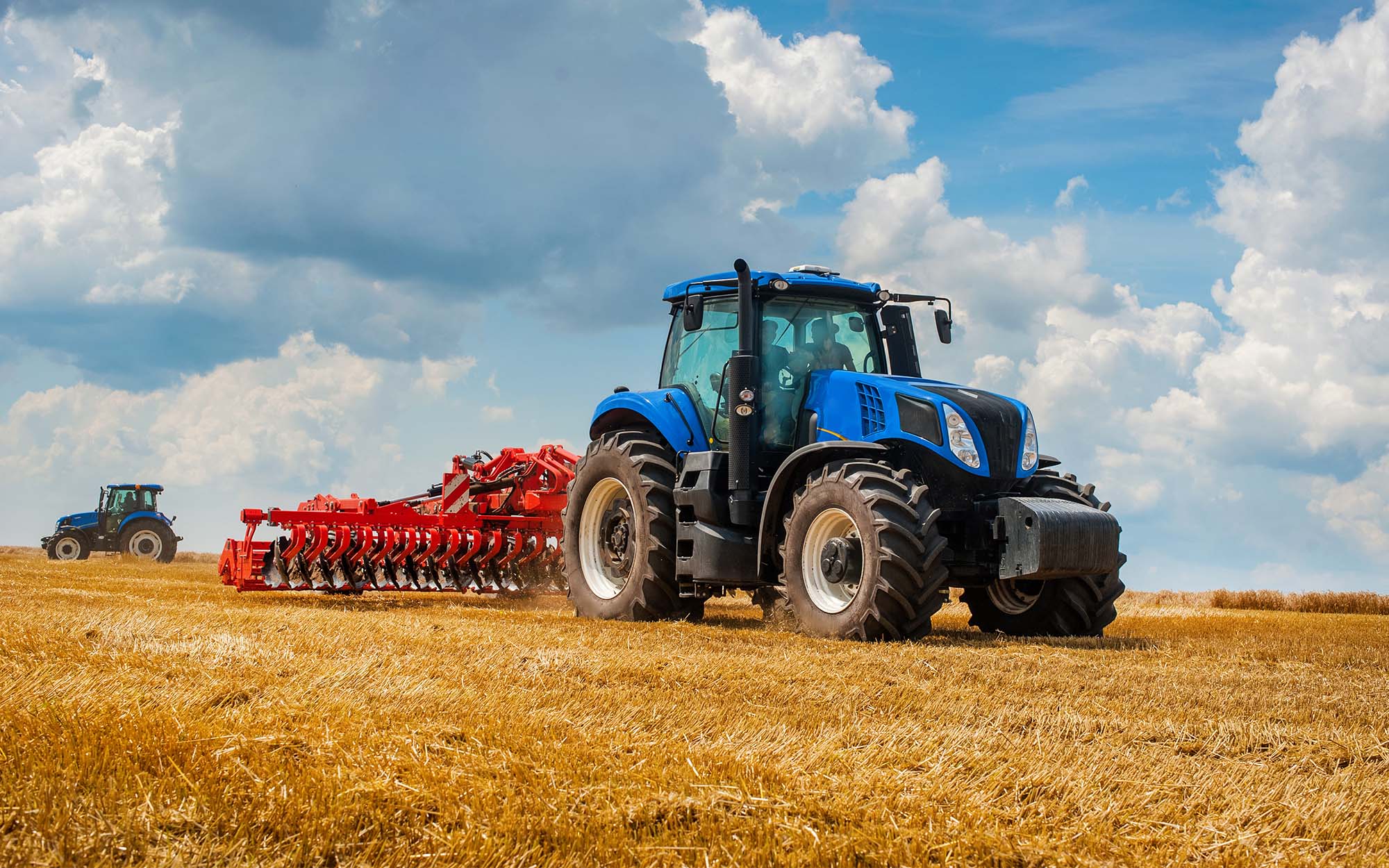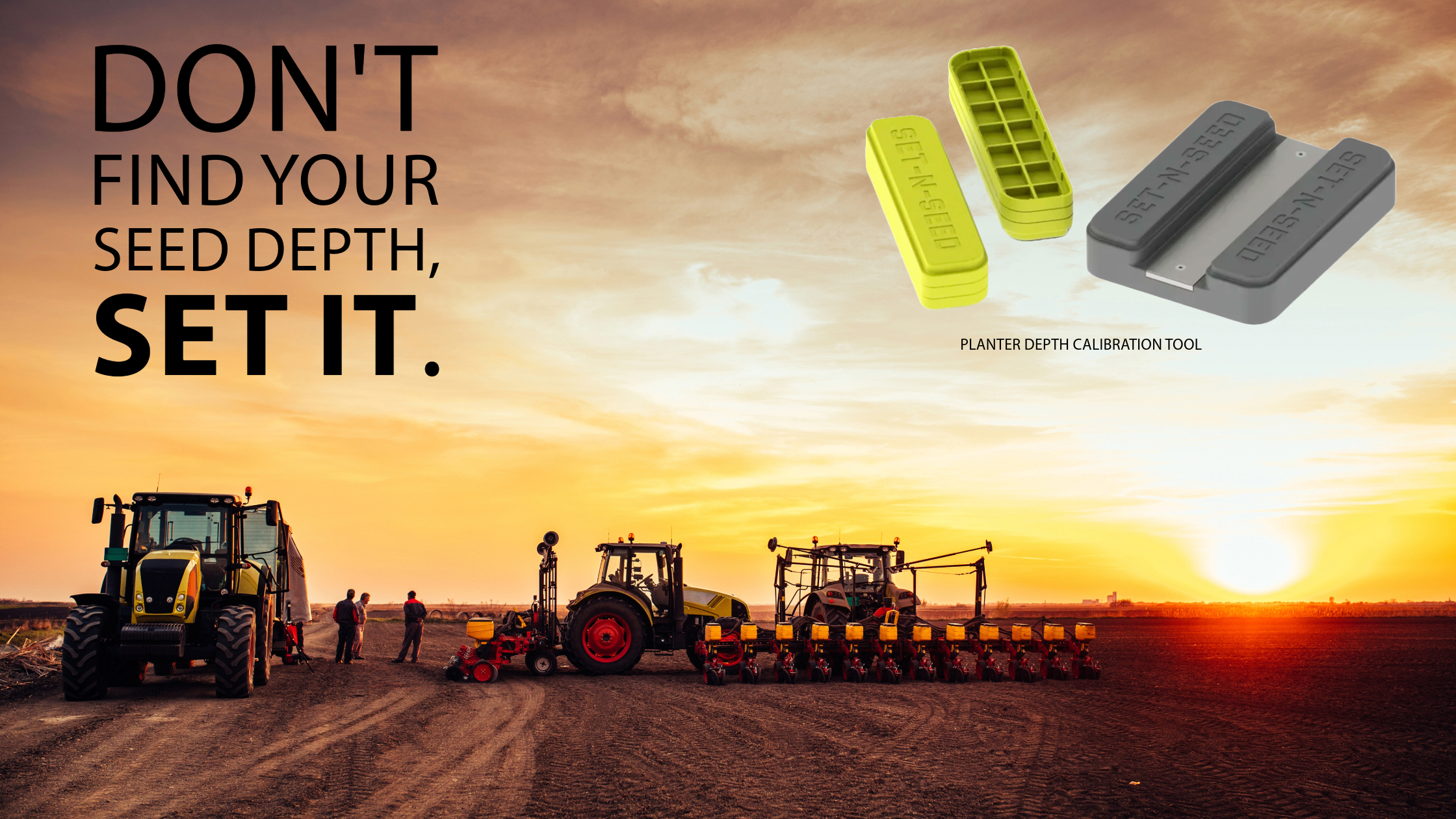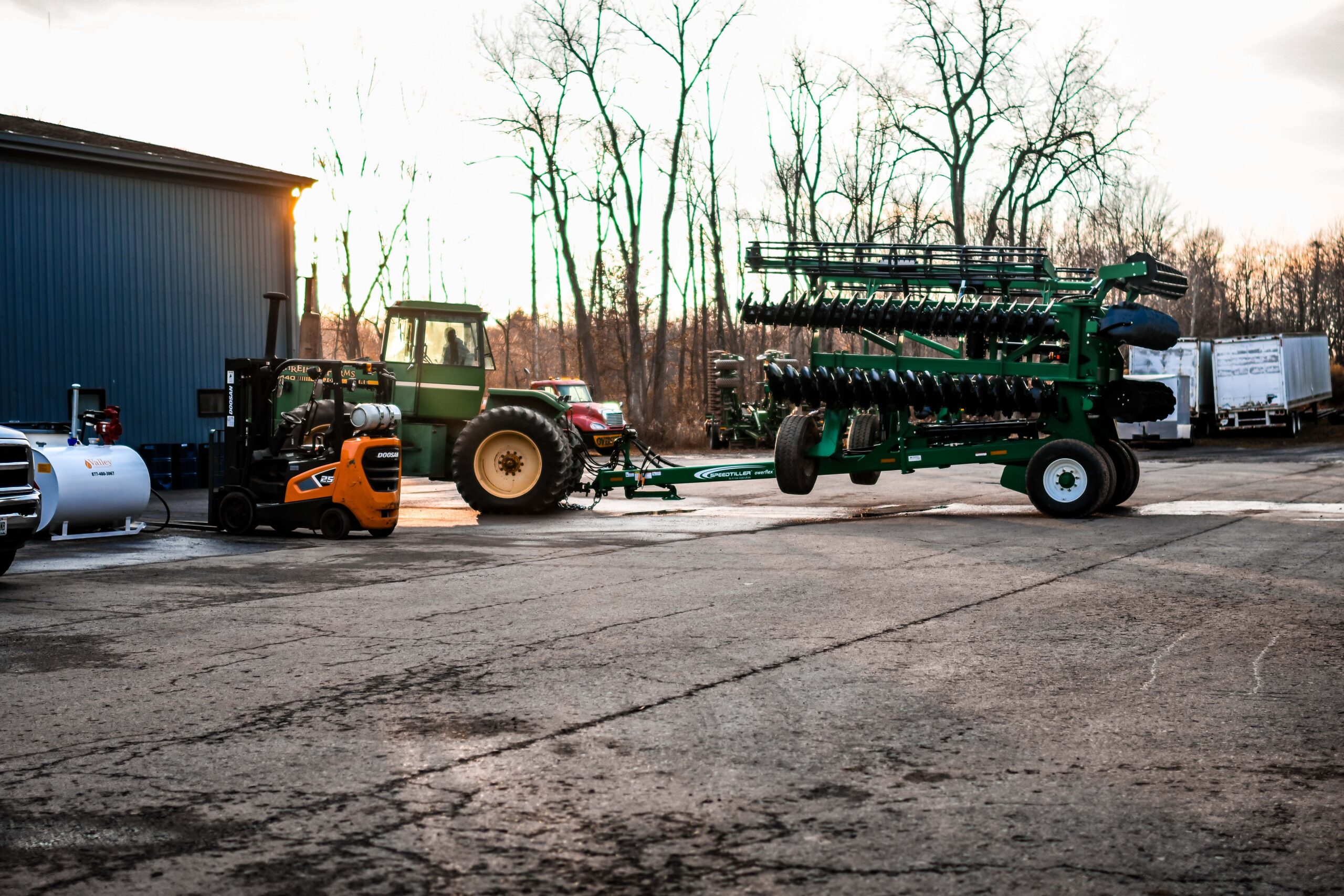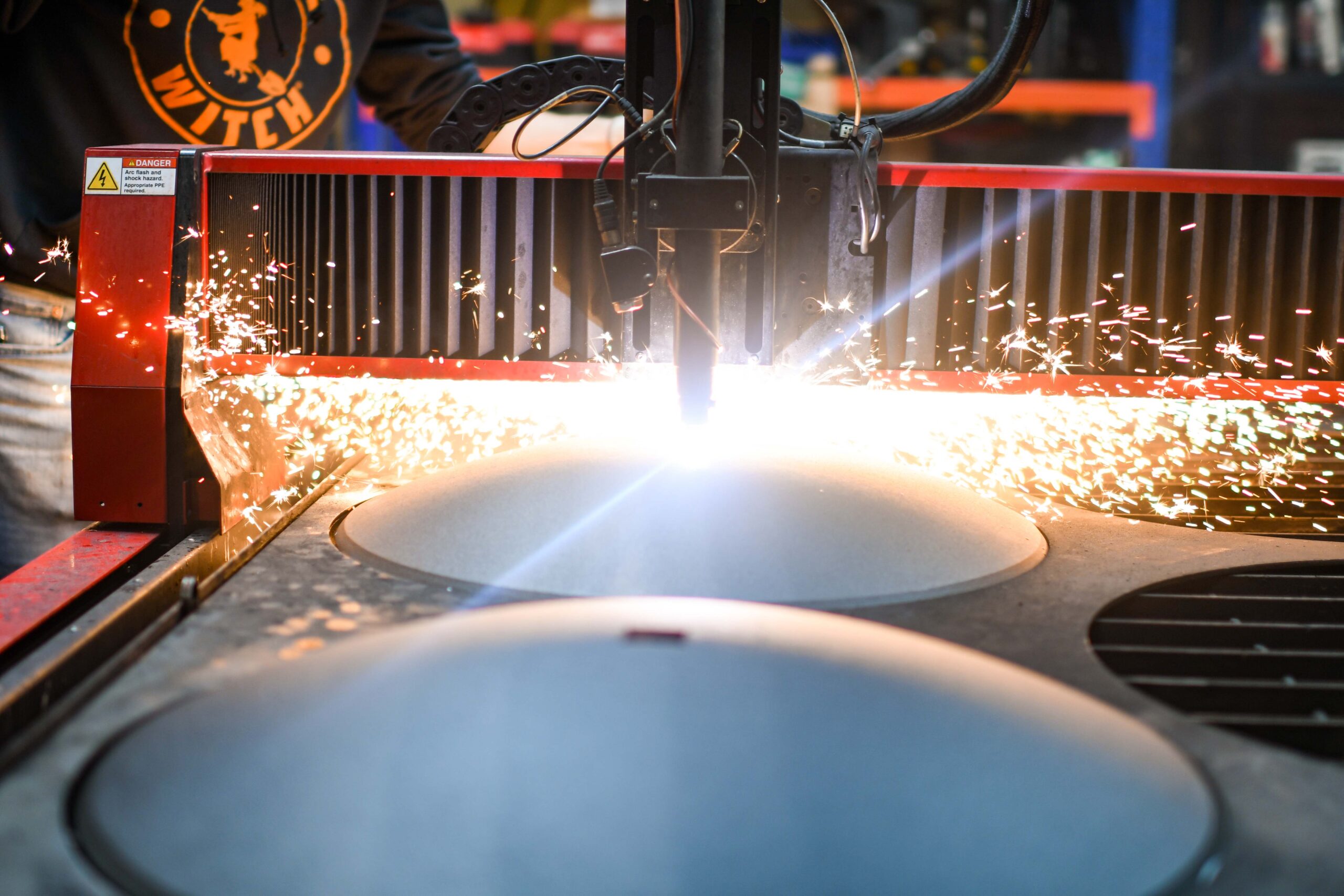
Budgeting For Farmers: What You Need to Know to Ring in the New Year
As a farmer, you want to increase your profits from one year to the next. But that’s easier said than done. It takes a lot of foresight and careful planning to make sure your revenue stays high above your expenses.
This could become especially difficult this upcoming year because machinery and equipment are getting more expensive due to supply chain delays, innovations, and new technology. Certain products in the industry are going to continue to cost more as the years go on, so it’s important to plan a proper budget for the new year.
Knowing how to budget for farming equipment can save you as much as $50 per acre.
In this article, we’ll go over what a farming budget is, what to include in your annual farming budget, farming equipment you may need going forward, and more.
Let’s get started!
What Is a Farming Budget?
The intent of budgeting for farmers is just like any other budget. It’s a way to establish spending (and saving) goals on certain expenditures based on your expected income. Budgeting is the process of looking to the future and creating a plan for how you will use your money.
You can also reference historical data from past years to make informed forecasts on anticipated costs while taking into account yields and other economic factors.
Why do all this? It helps ensure you meet your goals for the year. Without a budget, you are basically walking in the dark. You won’t know how much to spend on certain materials and equipment, and you won’t know how much profit you should aim to make.
What to Include in Your Annual Farming Budget
Your annual farming budget needs to include three main expenses: labor, materials, and machine costs. Let’s take a closer look at each one.
1. Labor
This is the cost of farm workers you employ. It’s hard to run a farm on your own, so you’ll probably have to hire help. Fortunately, it’s pretty easy to estimate labor costs. All you have to do is multiply the number of workers by their estimated hours worked per year by their hourly wage. The formula looks like this:
Number of Workers x Hours Worked Per Year x Hourly Wage
Of course, you will also have to take into account any employee benefits that you offer. Think healthcare, retirement savings contributions (like 104(k) matching), and paid vacation or parental leave.
2. Materials
Next, you must take into account farming materials. These are expenses that are non-reusable like fertilizer and seed.
They are ongoing expenses that are relatively easy to budget for if you look at historical data. Just see how much fertilizer and seed you tend to use on average over a year, and then multiply that number by the expected cost of each material. If material costs are expected to go up, you’ll need to take this into account as well. Here’s what that formula looks like:
Expected Annual Material Use x Material Cost
3. Machine costs
Lastly, budgeting for farmers needs to include machine costs, which can be the most expensive of all. Farming machines and equipment are not cheap.
Broadly speaking, you can divide machine costs into two categories: ownership (or fixed) costs and operating (or ongoing) costs. Let’s take a closer look at each.
Machine ownership costs take into account the price of buying a new machine outright as well as the cost of a machine loan (principal and interest payments). It also takes into account the machine’s depreciation over time and the opportunity cost of not using your capital in other ways. Finally, machine ownership costs include the cost of housing and maintenance facilities, taxes, and insurance.
Machine operating costs comprise things like repairs, maintenance, lubrication, and fuel. These are the ongoing costs of keeping your farming machines running. To estimate these costs, take a look at past years to see how much you spent in machine operating costs per time used. Many pieces of farming equipment have hour meters so you can keep track of the amount of time they were used.
Farm Tractor Parts and Equipment You May Need
Now that you know the fundamentals of budgeting for farmers, it’s important to keep in mind that 2023 could turn out to be different. Equipment and machine costs may go up, so it’s important to make sure that you have everything you need in the coming year.
Here at Rangeline, we can provide you with some of the farming products that could potentially be sold out in the future. We offer farming parts in all of the following categories:
- Amazone Equipment
- Combine parts
- Coulter Blades
- Disc Blades
- Fertilizer application
- Forage Harvester Parts
- Grain Drill Parts
- Hay Tool Parts
- Hardware
- Hustler Equipment
- LED Lights
- Manure Injection
- Mower Blades
- Planter Parts
- Rock Picker Tine
- Shop Supplies
- Speedtiller Equipment
- Strip-till
- Tillage
- TractoParts
- Yetter Farm Equipment
Our online shop offers all this and more. Take a look to see what your farming operation might need in the coming year and get it at a good price from us before costs rise. It’s better to be safe than sorry.
Next Steps: Partnering With a Farm Equipment Parts Supplier
There are many ways to improve your farming business, but one of the most important decisions you can make is to partner with a trusted farm equipment parts supplier. You don’t want to have to delay or stop business simply because you don’t have the right equipment.
Consider partnering with Rangeline Group to get the parts you need when you need them. You can take advantage of our competitive prices and monthly specials to get the best deals.
Interested in learning more? Contact us today to get started. We’re eager to hear about your farming operation and see how we can help. We look forward to chatting!








